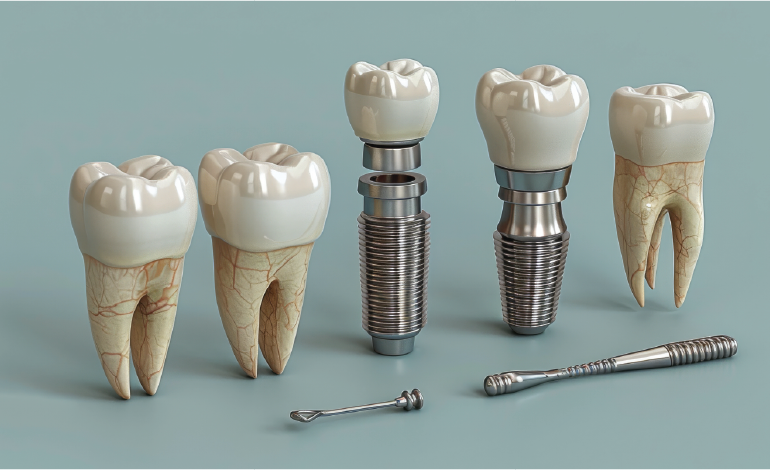Evolution Of Restorative Dentistry

The field of operative and restorative dentistry covered all of the practical dentistry in the 18th century. During this time, the greatest advances in the field of dentistry took place. In the early 19th century, dentistry was no longer in the hands of barbers/craftsmen but practiced by professionally minded dentists or surgeons.
Charles Allen (1678) wrote the first material on restorative dentistry, “Operator for the teeth” and Pierre Fauchard (the father of dentistry) described materials and practices of his time operative dentistry in his book. It was only later, when oral surgery, fixed dentures and other branches fell apart of their own accord, that surgical dentistry as we know it today was born.
The early 20th century saw many refinements and quality improvements of various Materials and procedures used in restorative dentistry. Physical and mechanical testing combined with basic engineering was applied to the design of structures and materials for the reconstruction. The shortcomings of the materials were recognized and improved with the advent of new technologies.
Pierre Fauchard was the first to propose humoral imbalance as the main cause of dental caries and describe its prevention. Before the mid-1800s, there was no scientific basis for what causes tooth decay and how to fight infection. The antiseptics used by surgeons during the Civil War were known to control infection but were misused.
Black was the first to present and publish the scientific development concept of cavity preparation. He was the principal author of the presentation of the modern system of nomenclature in 1893. His contributions to operative dentistry are unprecedented, and cannot be measured or weighed, and he is rightly remembered as the father of operative dentistry. Wilhelm Conrad Roentgen discovered X-rays in 1895, and Dr Edmund Kells linked this discovery to dentistry.
Direct restorative materials
Direct restorative materials can be placed directly into a prepared tooth cavity in a single visit. In ancient times, the filling materials were made of bone and ivory, later they were wax, gum, alum, honey, ground mastic, pearl powder, white callus, lead, tin, gold, amalgam, Garcetti, gutta-percha, silicate cement, resin, cement-glass -Ionomer (GIC), etc.
Gold leaf was first introduced to America by Robert Woofendale in 1795 and was one of the first materials available for restoring teeth. Arthur discovered cohesive gold leaf in 1855. Silica cement was introduced to the United States in the early 20th century. Silicate was the first tooth coloring material used in cosmetic dentistry. In addition to the benefits of high fluoride release, silicate cement had drawbacks related to solubility, pulp irritation potential, and drying.
Later, directly filled methyl methacrylate resins were invented in 1947 to overcome silicate problems.
Binder resin is an unfilled or partially filled resin that is the same as the resin in the composite but has a lower viscosity to allow easy flow and penetration. collectors are divided into “generations” according to their development.
Indirect restorative materials
Indirect restorative materials are materials that can be used to create restorations in a dental laboratory and then placed in or over the teeth. Placement of indirect materials typically requires two or more visits to complete the restoration. The modeling material was developed by Charles Stent in 1857 to correct gutta-percha defects and provide plasticity, stability, and strength.
Evidence of cast restoration has been found in Mesopotamia (3000 BC) where copper was used for smelting. Later, the art of smelting was introduced in Egypt (2500 BC), where the wax-casting process for smelting gold was first developed. The Etruscans (500 BC) built bridges out of welded gold plates.
Today, CAD/CAM systems are used to manufacture inlays and Onlays with high strength and greater precision.
At the beginning of dentistry, dentistry was just a practiced Art by hairdressers, surgeons or craftsmen. Over time, knowledge of dentistry spread mainly to France, Germany, Italy and England. With the advent of science and technology, dentistry has fallen into the hands of professional dentists/surgeons. Slowly and gradually, operative dentistry developed into one of the main branches of dentistry and dentists began to focus on the restoration and preservation of teeth. Through innovations and discoveries of new devices, techniques, materials and methods, surgical dentistry continues to grow and improve and grow into a bright future.








